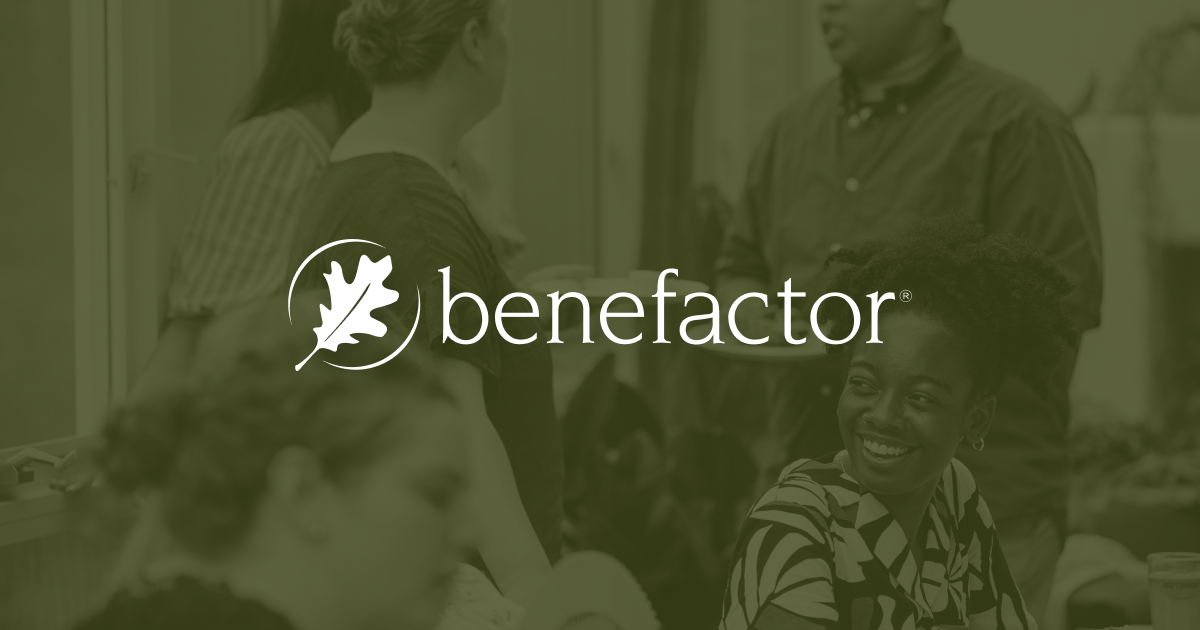Endowments and planned gifts are separate concepts that work hand-in-hand for donors and nonprofit organizations.
Planned gifts are contributions made as a result of a process to choose the most appropriate gift for the most important purpose in the most advantageous time frame for the donor, the charity, and the donor’s heirs. Gift planning, as this process is often called, is the preparation and design of charitable gifts to maximize benefits for both the donor and the organization.
An endowment is what you do with the gift, rather than the planning for the gift or the gift itself. A true endowment gift is permanently invested, not spent for current operations or capital projects. An endowment supports initiatives not for just one year, or even one generation, but in perpetuity, with a portion of the endowment’s value used annually as the donor specifies or as the board chooses.
Contributions to endowments—both those that create new funds and those that add to existing funds—are often attractive to planned gift donors because they appeal to the donor’s core values and they provide numerous benefits to the donors as well as to the institution.
- Create a sense of immortality. Because an endowment gift will be invested permanently, it can serve as a permanent tribute to the donor and extend the donor’s values for future generations. It can offer the donor a sense of immortality, a way to define the donor’s place in the cosmic scheme of things through support of an important cause.
- Perpetuate the donor’s values and priorities in the wake of change. An endowment gift can provide assurance that programs that are important to the donor will survive. By creating or adding to a permanent endowment for a designated purpose, the donor seeks to enable and obligate the organization to carry out his or her expressed wishes, so long as it is practical and possible to do so. A restricted endowment can ensure organizational support for the donor’s priorities.
- Make significant investment in the future. Many donors make larger endowment gifts through planned giving vehicles than the combined value of all the current- use gifts they have made previously. Endowment gifts are sometimes the donor’s last (and largest) gift to the organizations they value most. Donors can receive great satisfaction from making significant investments in the future from assets accumulated over their lifetimes. In the case of deferred planned gifts, the gifts may be the donors’ final acts of contributing to the organization or the work they find most valuable.
- Endow annual gifts. An endowment gift gives donors the option to perpetuate their annual gifts. For example, the $100-per-year donor might make a $2,500 endowment gift in order to continue annual support of at least $100 to the organization for generations to come. This concept is often appealing to the consistent older donor.
- Allow incremental funding. Some donors do not want to give away their assets during their lifetimes, yet they want to see the benefits of the gift immediately. They establish endowment gifts through bequests or other gift vehicles that take place after their lifetimes. They make gifts annually that represent the amount that would have been distributed from the endowment if their gift had already been received. In this way, their annual gifts can provide the support currently that their planned gift will provide eventually.
- Provide lifetime income. Some kinds of endowment gifts—split interest gifts—pay income to the donor for life, with the remainder going to the charity’s endowment after the donor’s death. These kinds of gifts can provide stable income to the donor during retirement or can help the donor meet family obligations.
- Alleviate management burden. Some donors, particularly as they become older, are uneasy managing their assets and making investment decisions. A split interest gift enables the donor to receive regular income for life without the burden or cost of managing investments.
- Permit additions at a later time. An endowment fund can be added to later. The donor, or the donor’s friends and family, can add to a named fund from time to time by simply identifying the fund as the object of the gift. It makes a handy vehicle for people, especially family members, who wish to make meaningful gifts to people who already have enough “stuff.”





